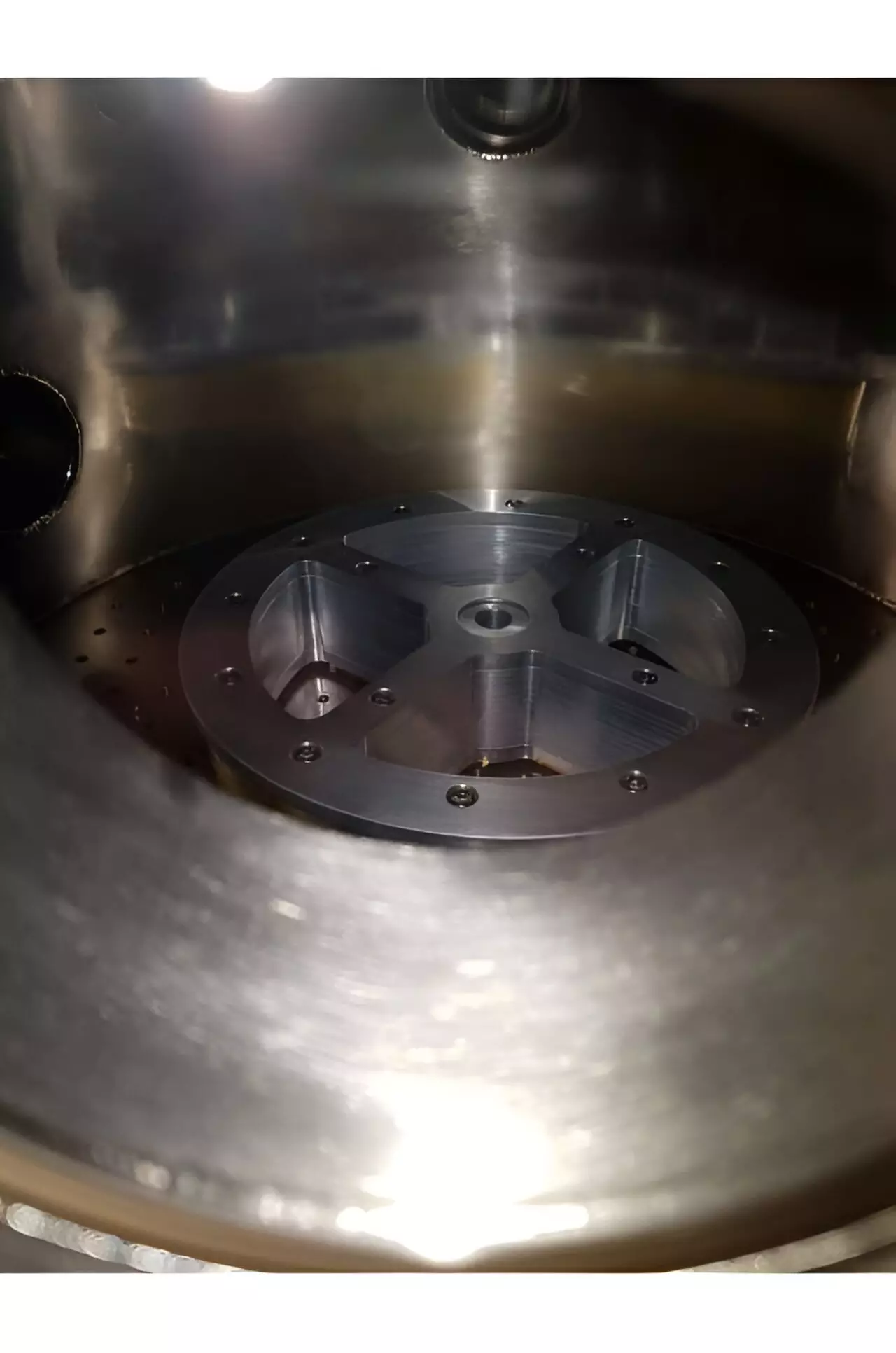

In a bid to enhance the monitoring of ground rotations caused by earthquakes in the active volcanic region of Campi Flegrei in Italy, researchers have developed a prototype fiber optic gyroscope. This development is crucial because it offers real-time data on seismic activities that occur in the area. The purpose of the research is to provide a better understanding of the seismic activity in the densely populated region, which could consequently lead to improved risk assessment and early warning systems. By closely monitoring the ground rotations, researchers can gather valuable data on the Earth’s internal dynamics, offering insights into potential seismic sources.
The gyroscope used in this study is based on the Sagnac effect, which allows for the detection and measurement of rotational movements originating from seismic waves and volcanic activities. This innovative device functions by measuring the interference patterns in light that travels in opposite directions around a closed loop. Through this advanced technology, the gyroscope can detect angular velocity with high precision, enabling researchers to capture ground rotations accurately. This development marks a significant advancement in earthquake detection and monitoring techniques.
The researchers constructed a prototype fiber-optic rotational sensor using standard laboratory equipment and components. By injecting light into a 2-kilometer-long optical fiber cable, a loop was formed to facilitate continuous light transmission. This setup allowed for the precise measurement of ground rotations caused by seismic events. The sensor performed exceptionally well during the testing phase, recording data continuously over a period of five months. This extended testing period enabled the researchers to detect noise and ground rotations associated with local earthquakes, providing valuable insights into the seismic activity in the region.
While the current prototype gyroscope can only measure a single directional component of rotation, there are plans to develop a three-axis gyroscope to capture all three components. This expansion will enhance the precision and stability of the monitoring system, offering a more comprehensive view of ground rotations. Additionally, the researchers aim to establish a permanent ground rotation observatory in the Campi Flegrei area, further advancing earthquake detection and monitoring capabilities in the region. This long-term initiative underscores the commitment to enhancing the understanding of seismic phenomena and improving overall risk assessment strategies.
The development of a prototype fiber optic gyroscope for monitoring ground rotations in seismic-prone regions represents a significant step forward in earthquake detection and monitoring technology. By leveraging the Sagnac effect and advanced optical techniques, researchers have been able to capture high-resolution data on ground rotations caused by earthquakes and volcanic activities. The future expansion of this technology to include a three-axis gyroscope and the establishment of a permanent observatory underscore the commitment to enhancing earthquake monitoring capabilities in the Campi Flegrei region. Ultimately, the findings from this study have the potential to improve risk assessment, early warning systems, and overall understanding of seismic phenomena in active volcanic areas.
Despite the term "rare," rare earth metals (REMs) are not nearly as scarce as their…
A collaboration led by Rutgers University-New Brunswick has initiated a paradigm shift in our understanding…
Natural gas leaks are a growing concern in both urban and rural settings, with potential…
Recent groundbreaking research at the University of Vienna has unveiled a novel interplay of forces…
In recent years, perovskites have garnered significant attention in the fields of materials science and…
For decades, astronomers have probed the depths of the Milky Way, grappling with two perplexing…
This website uses cookies.